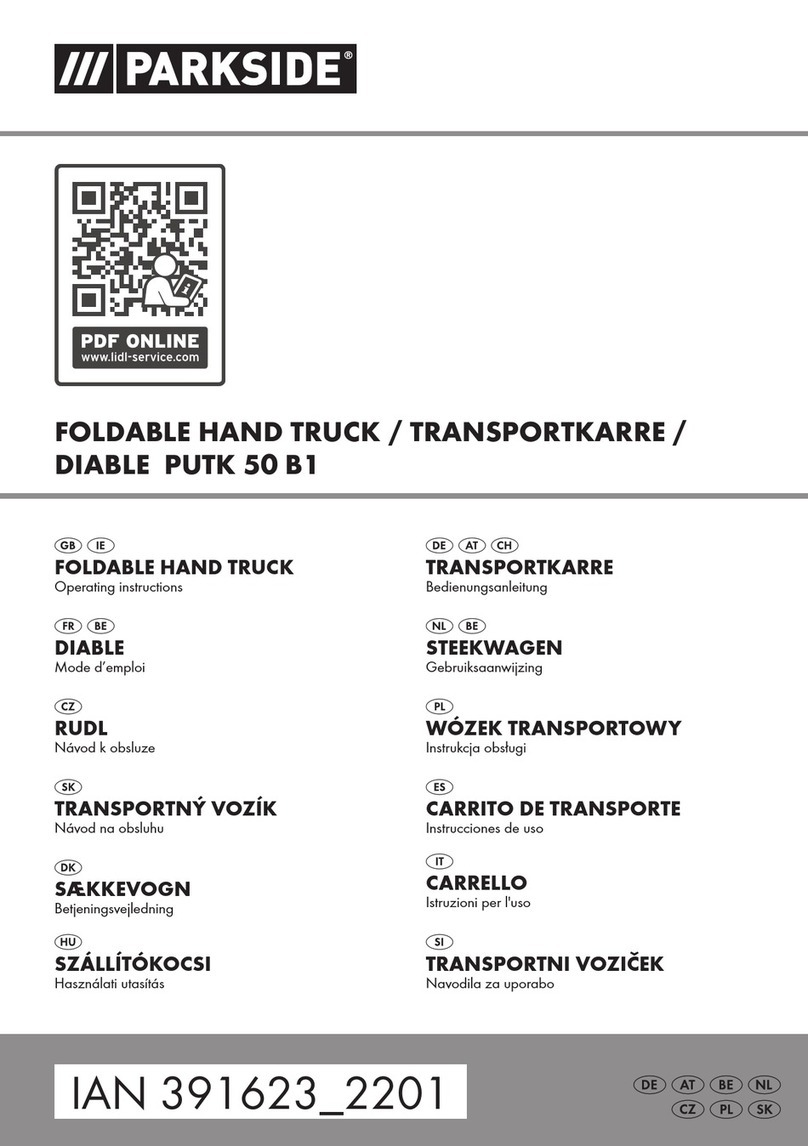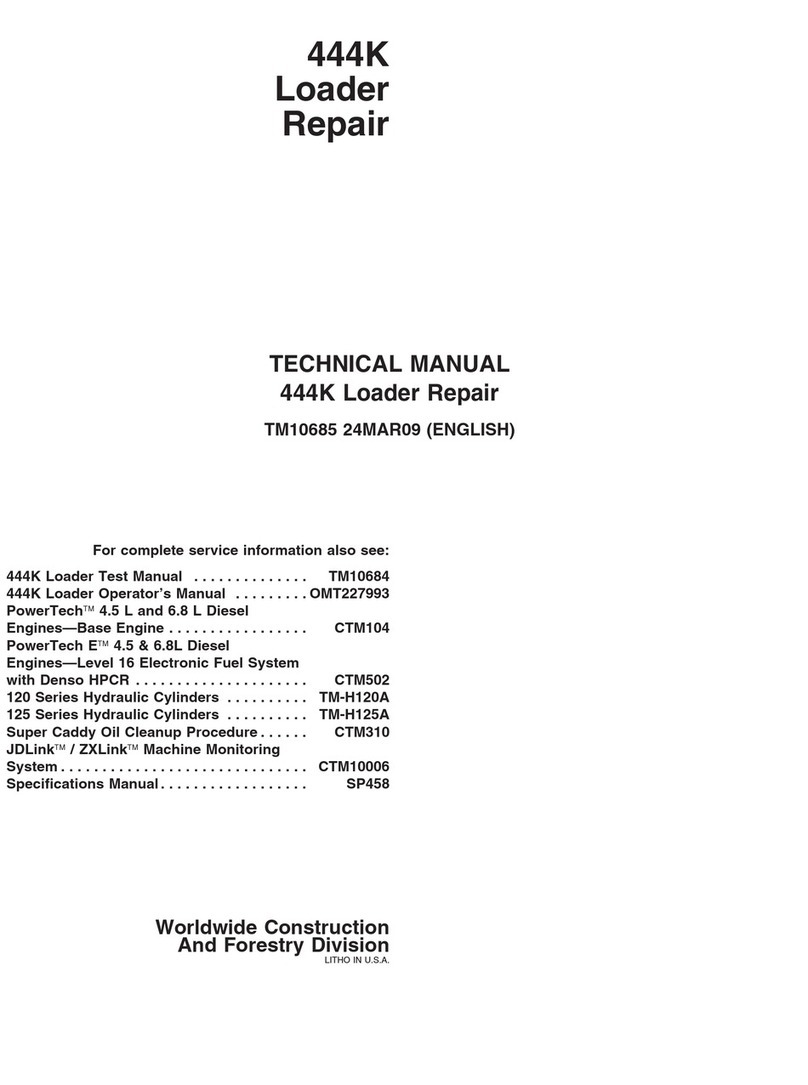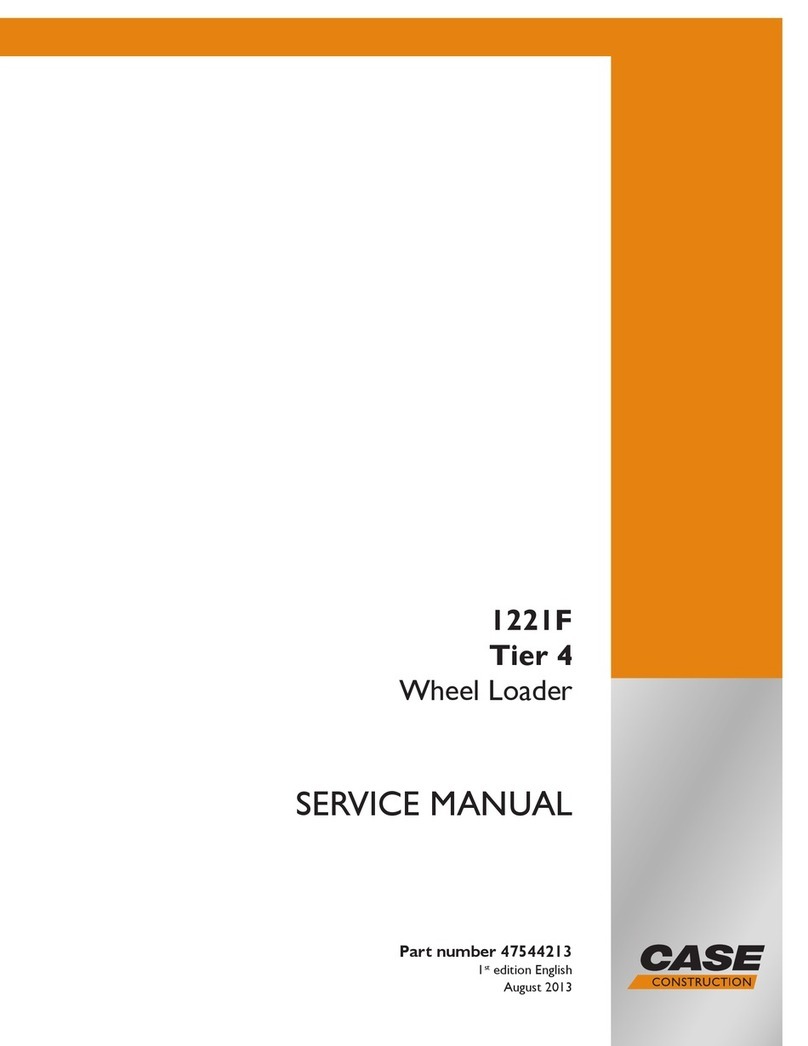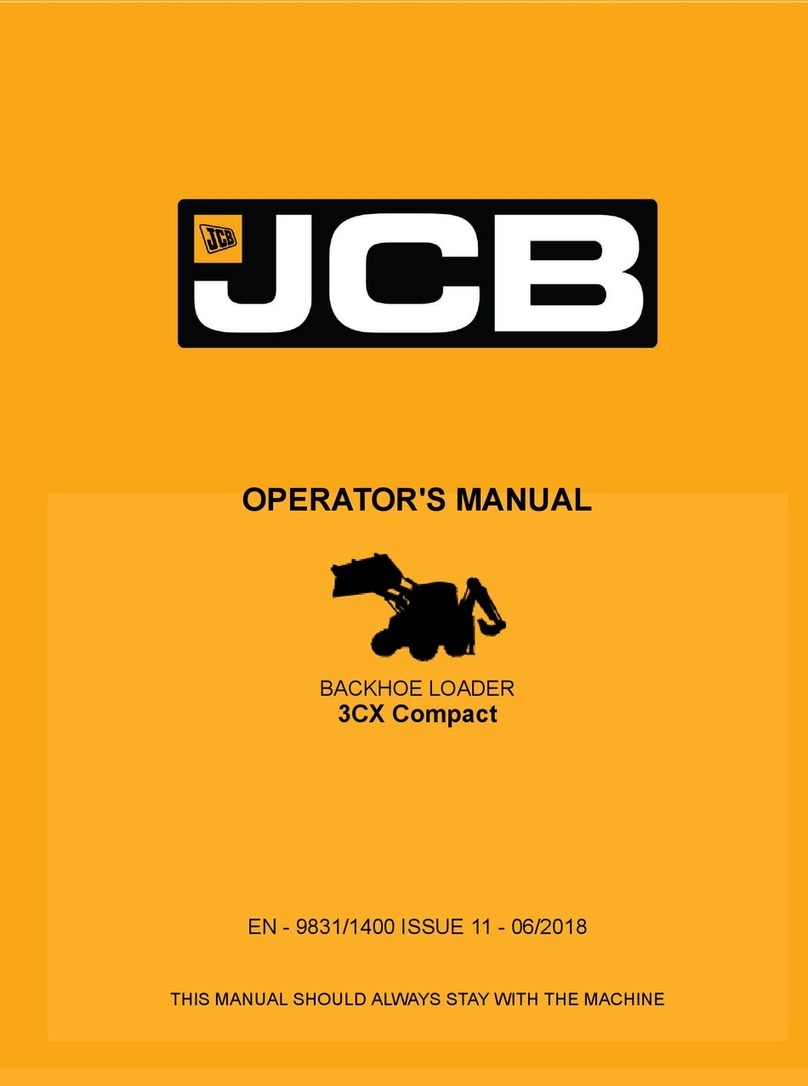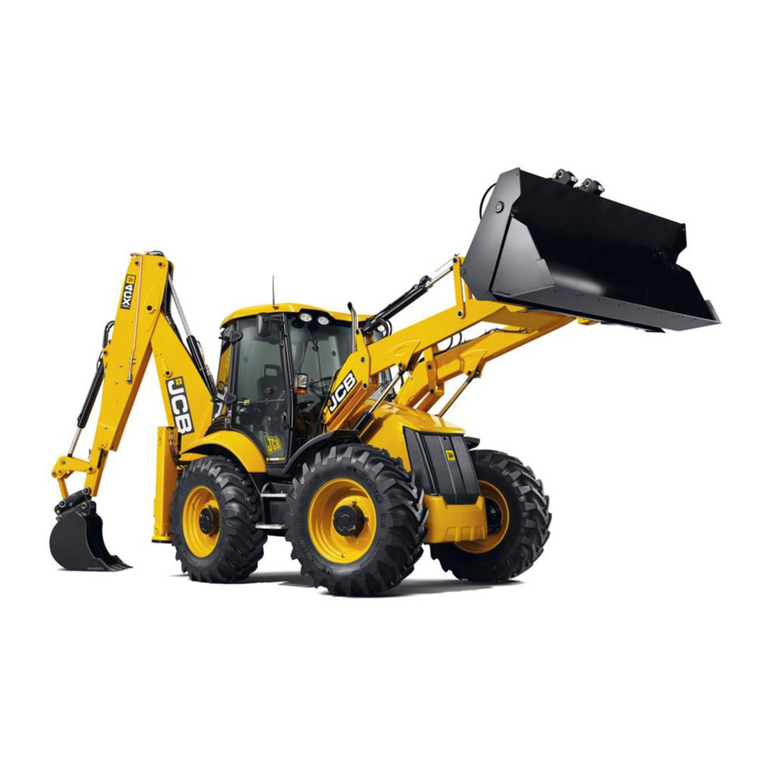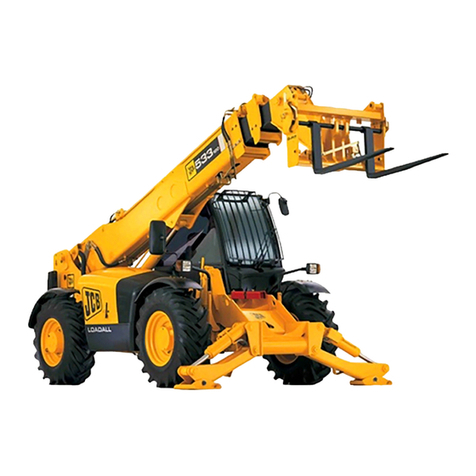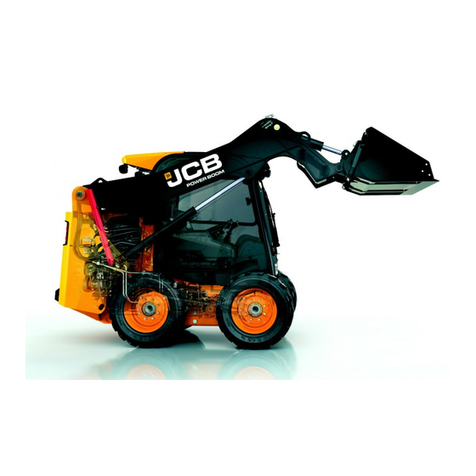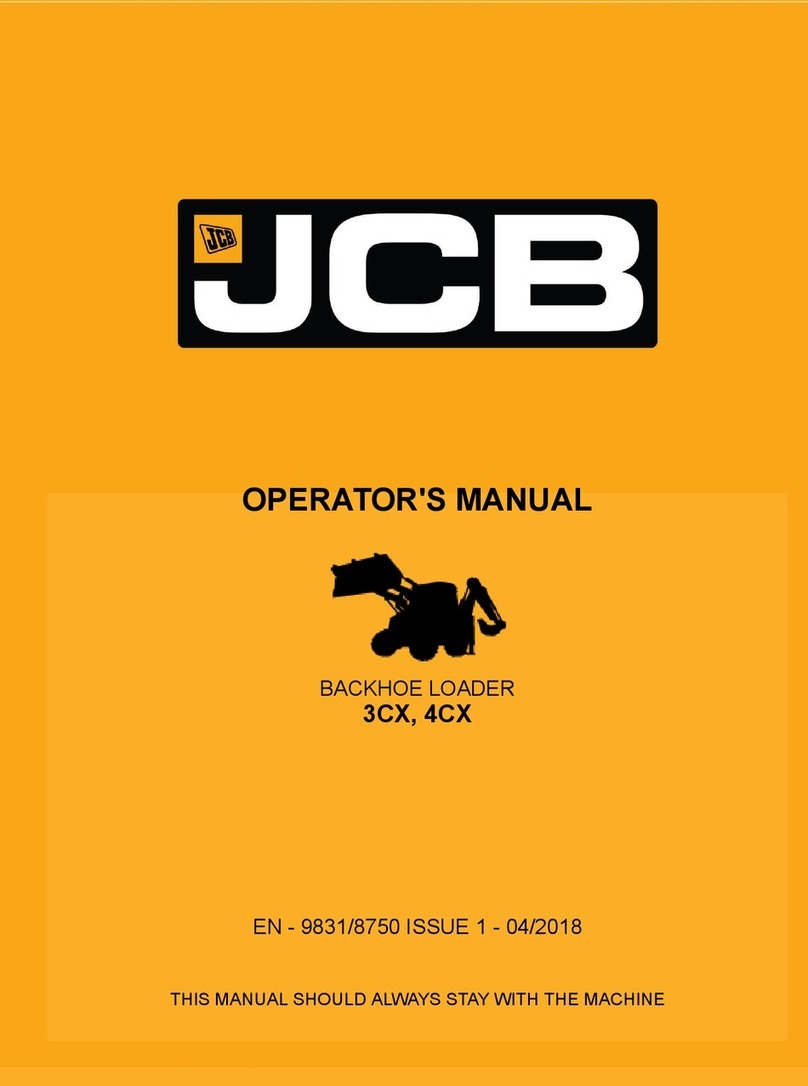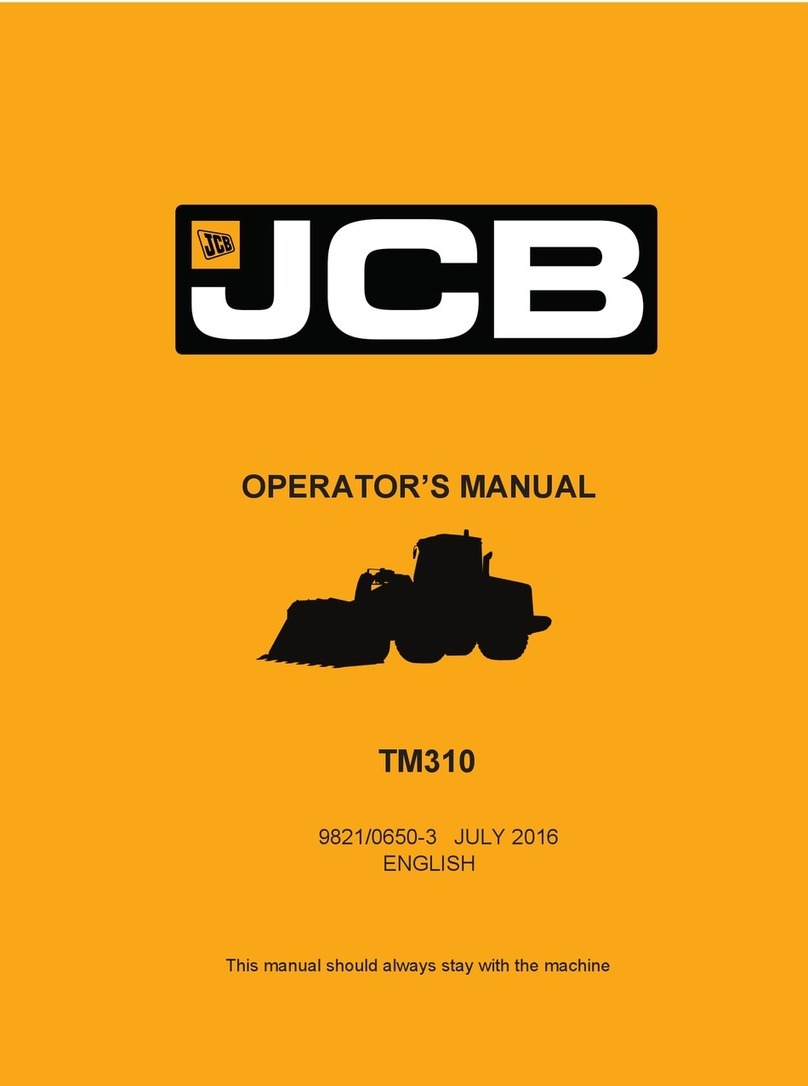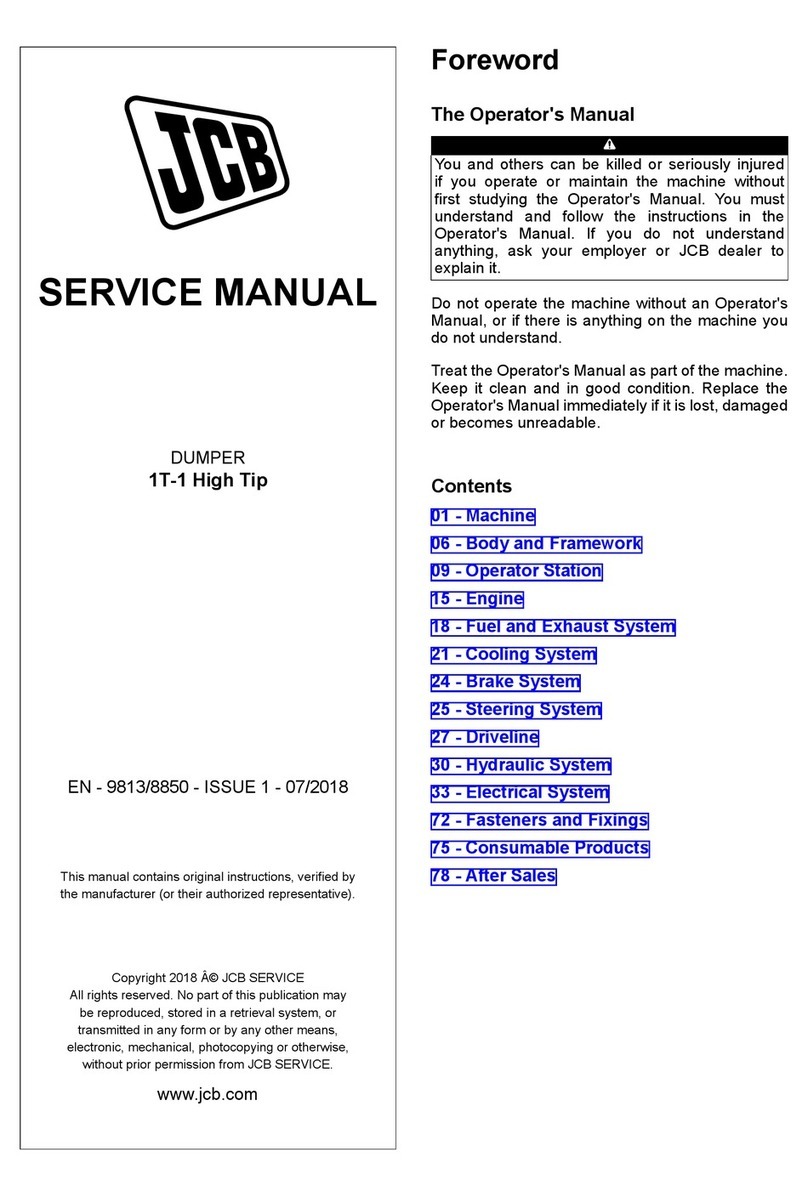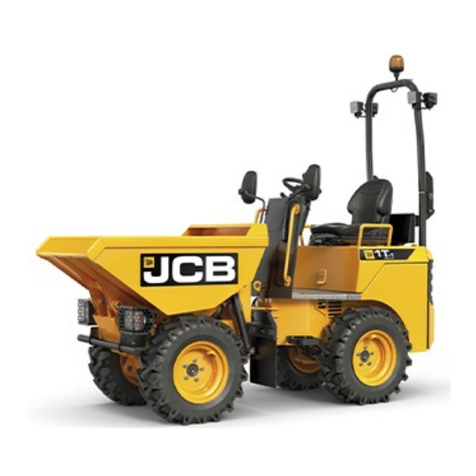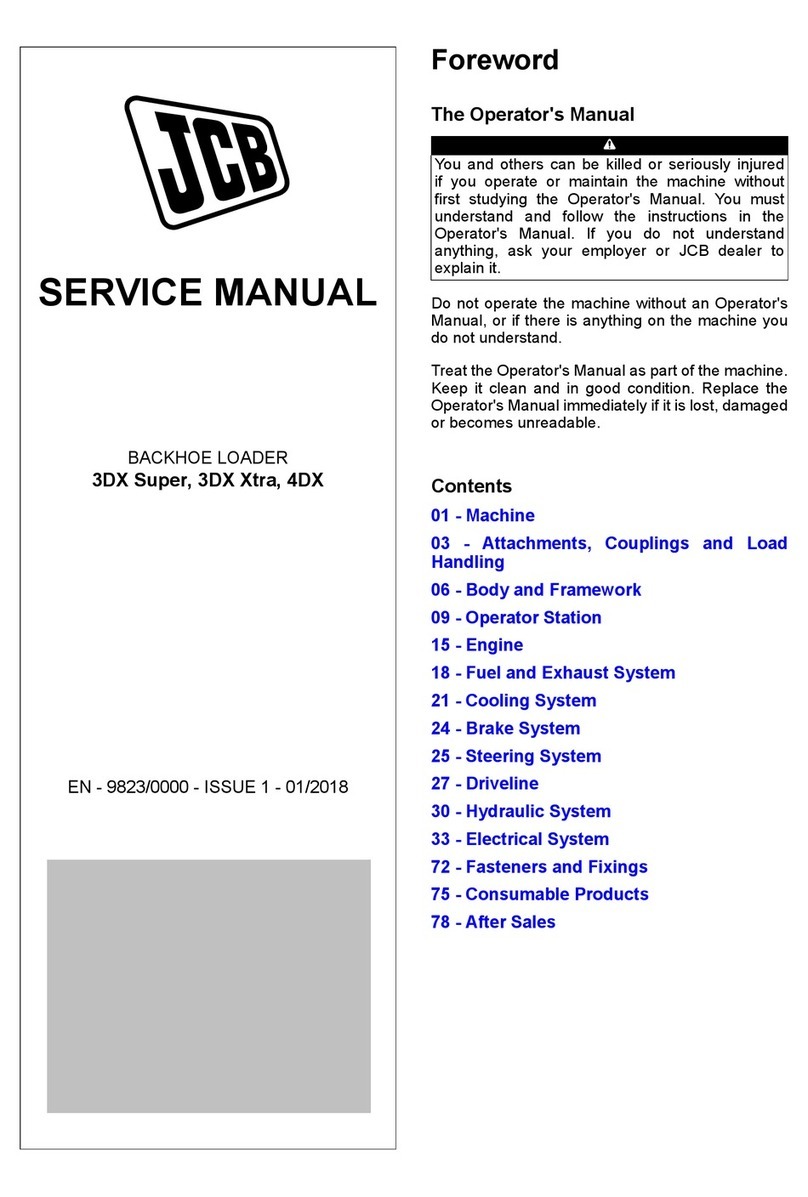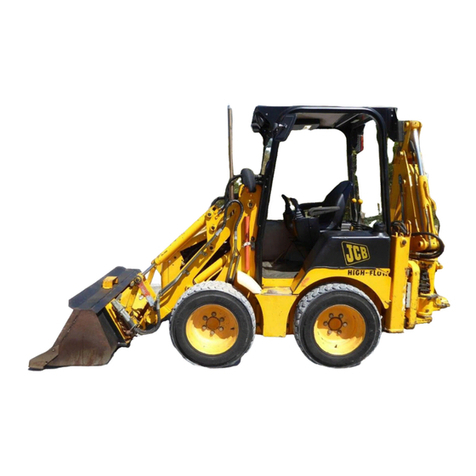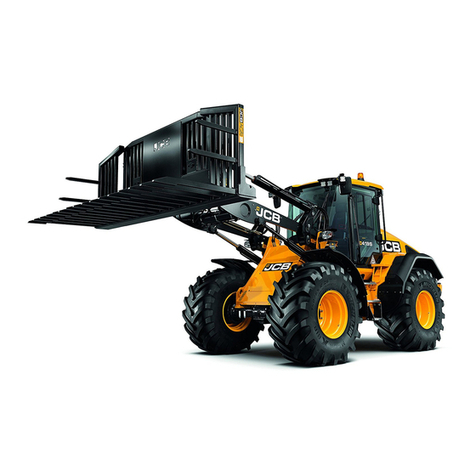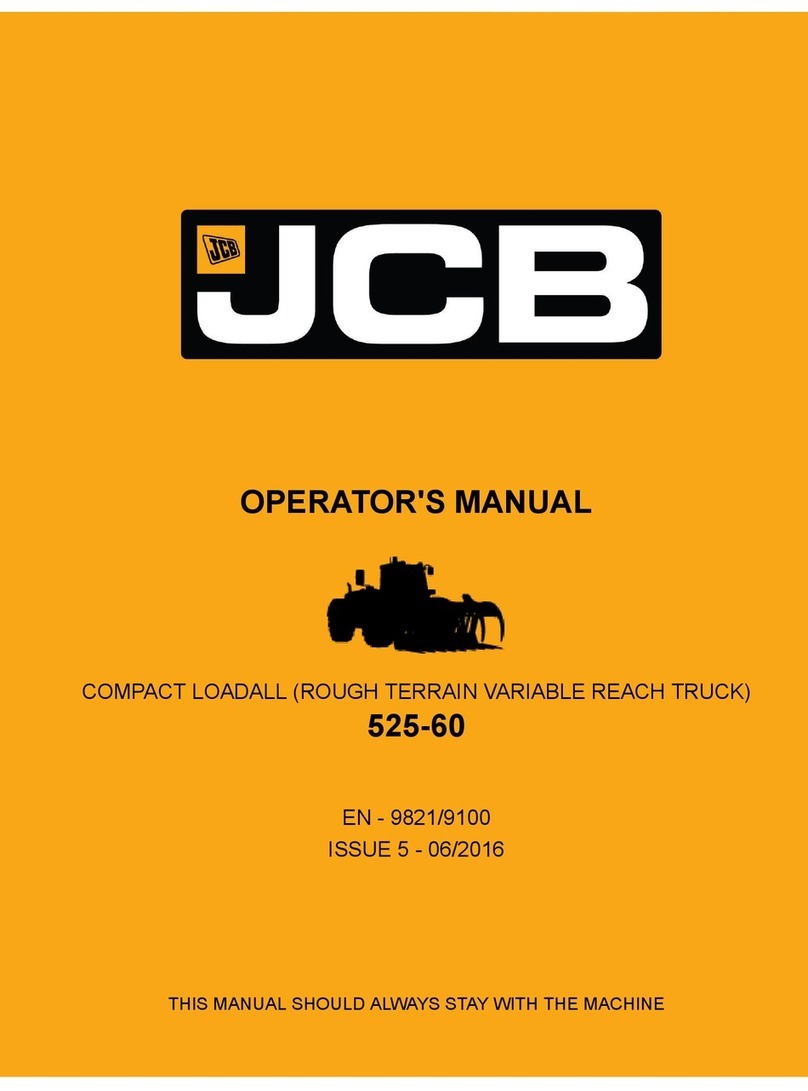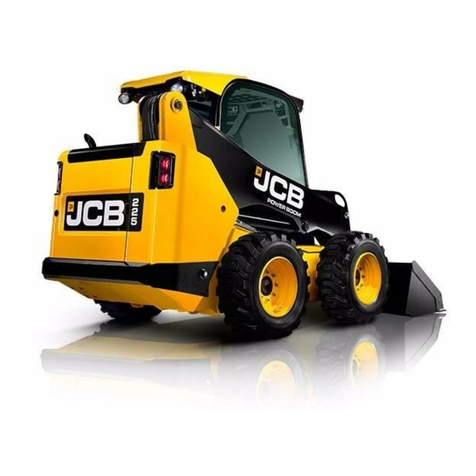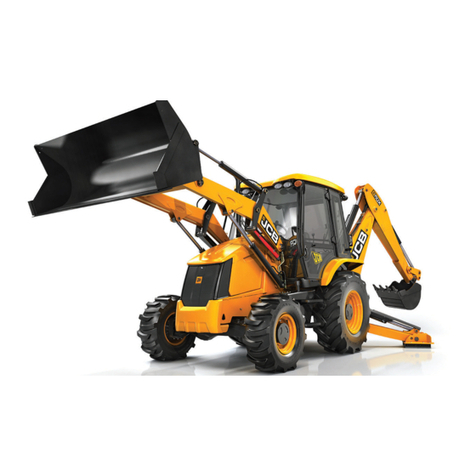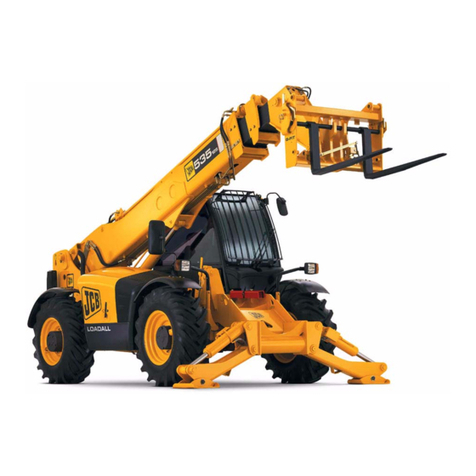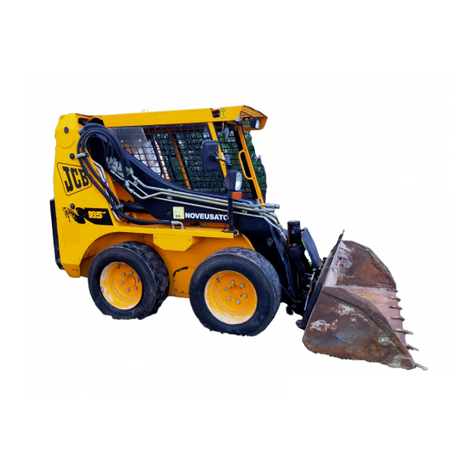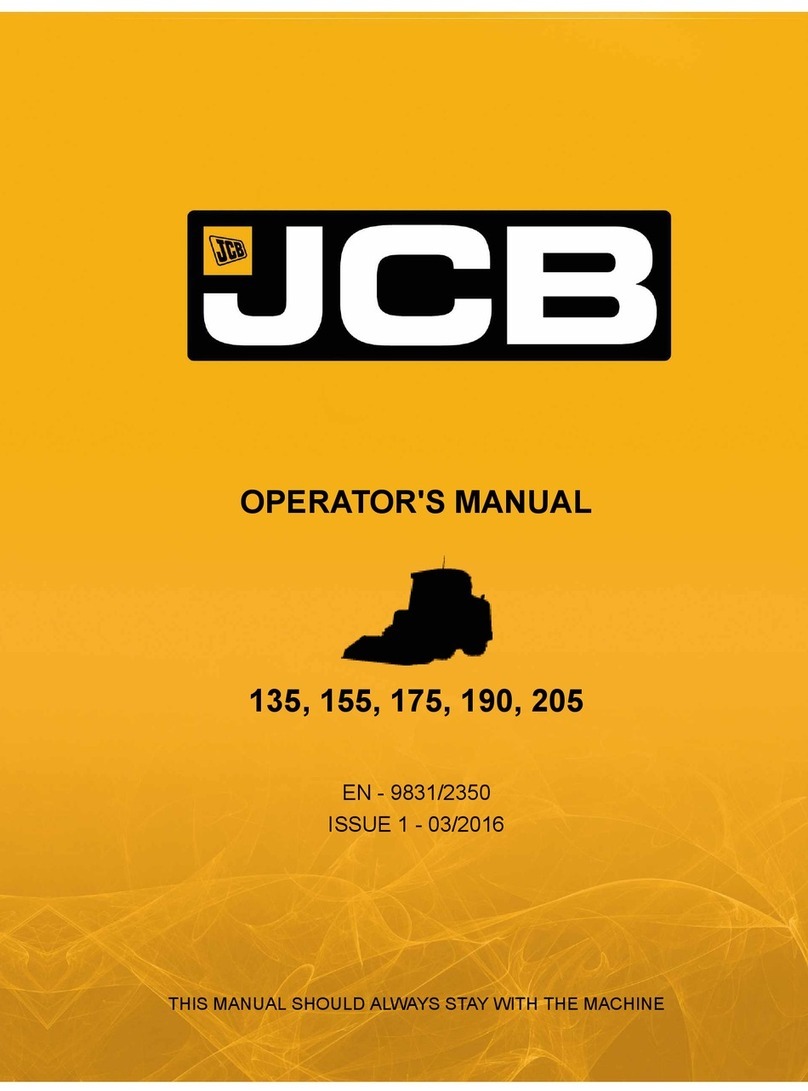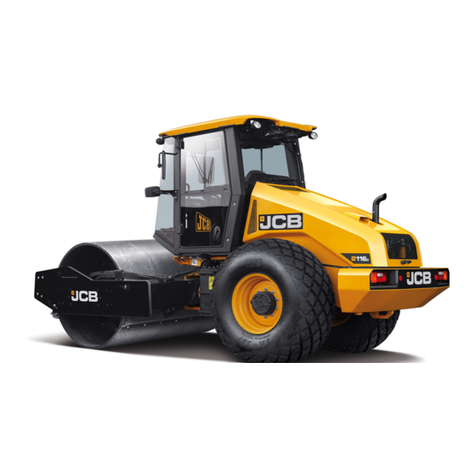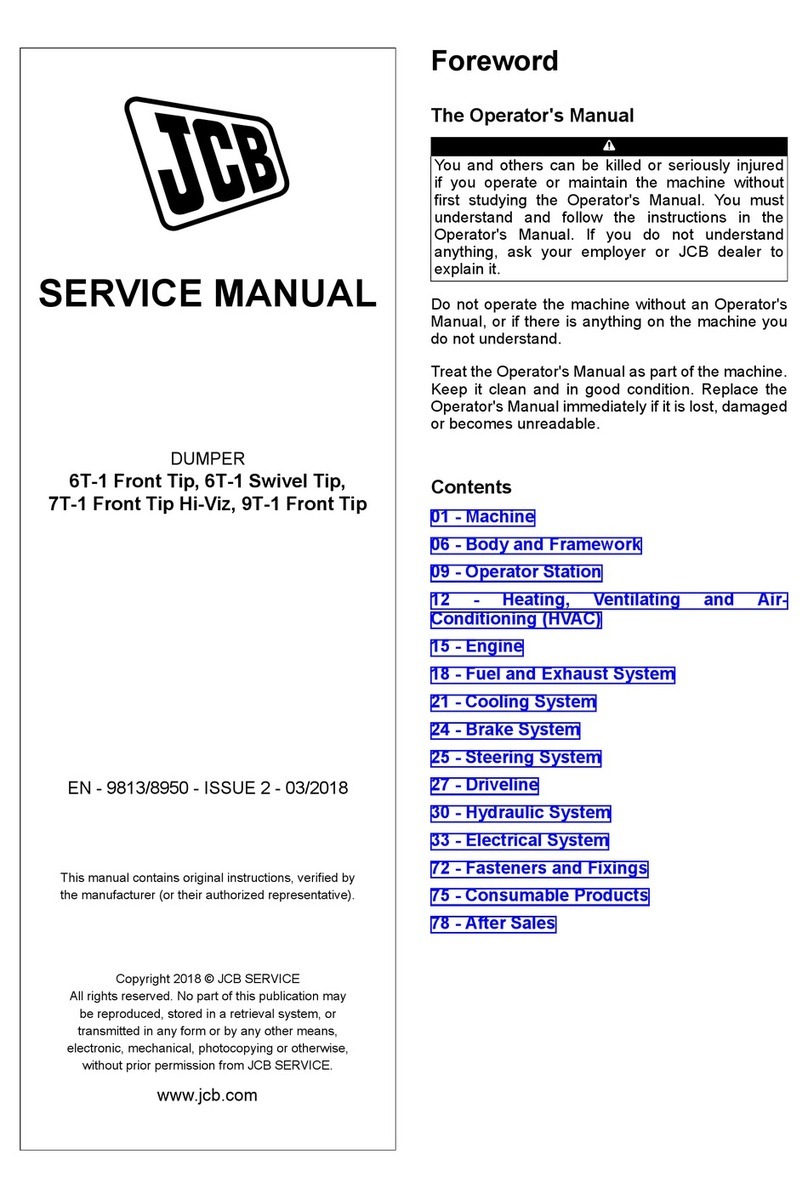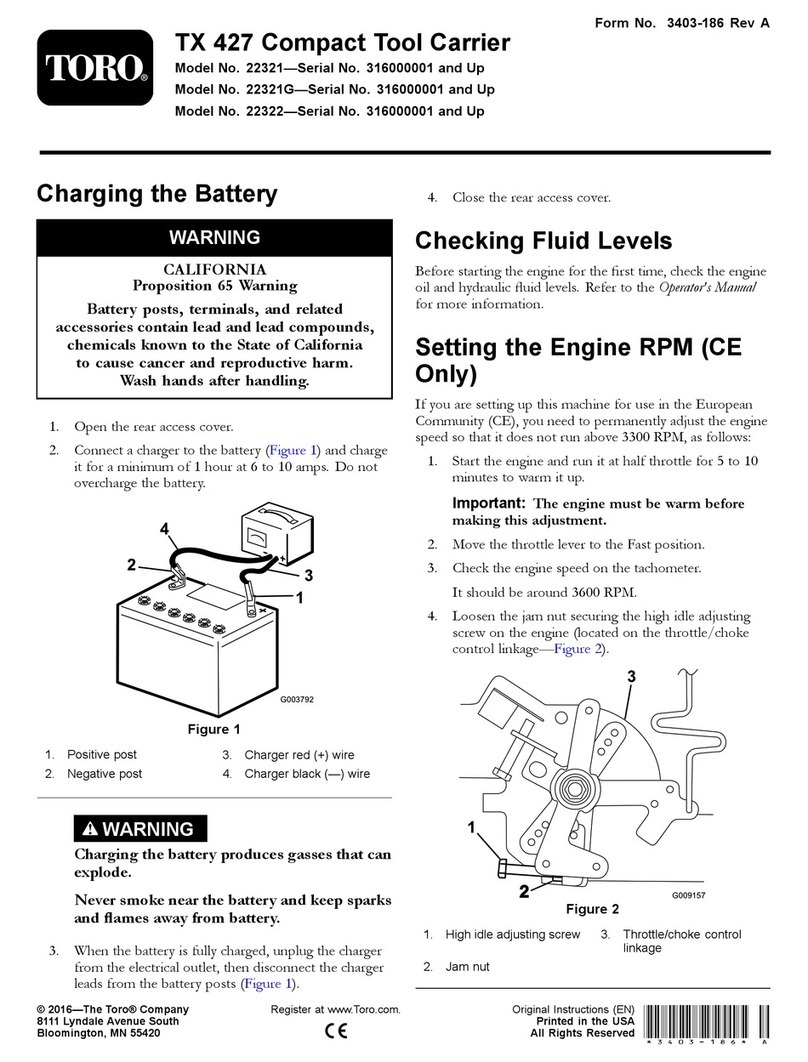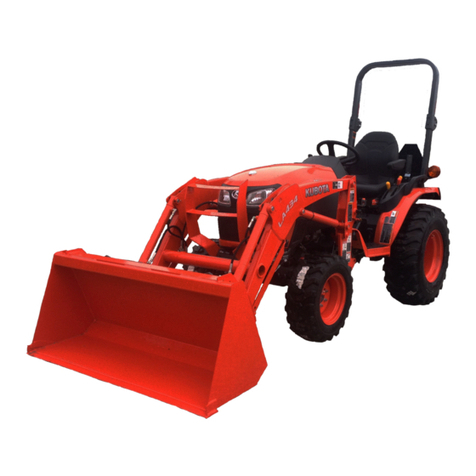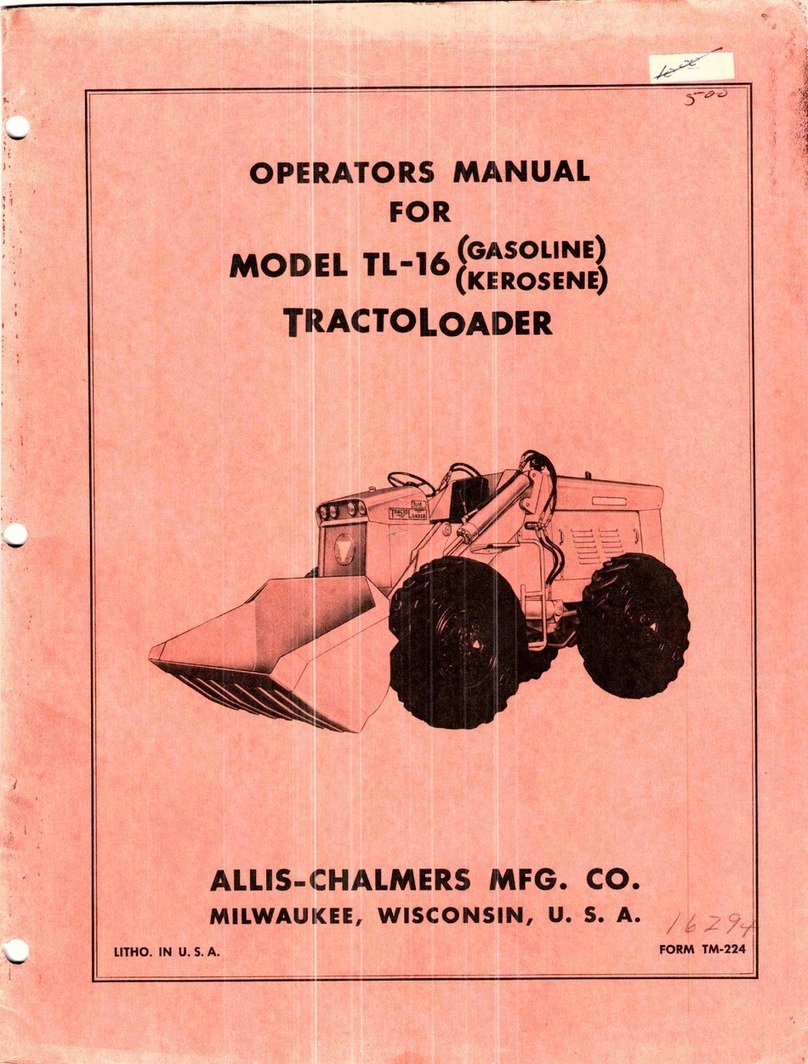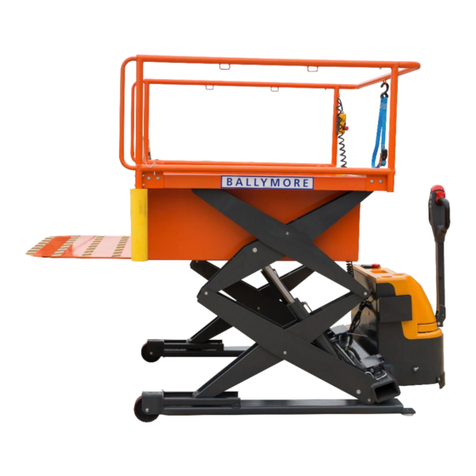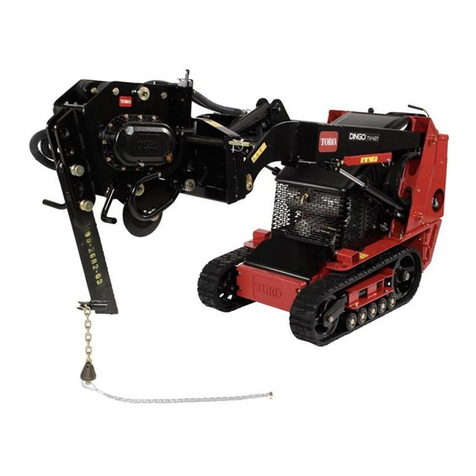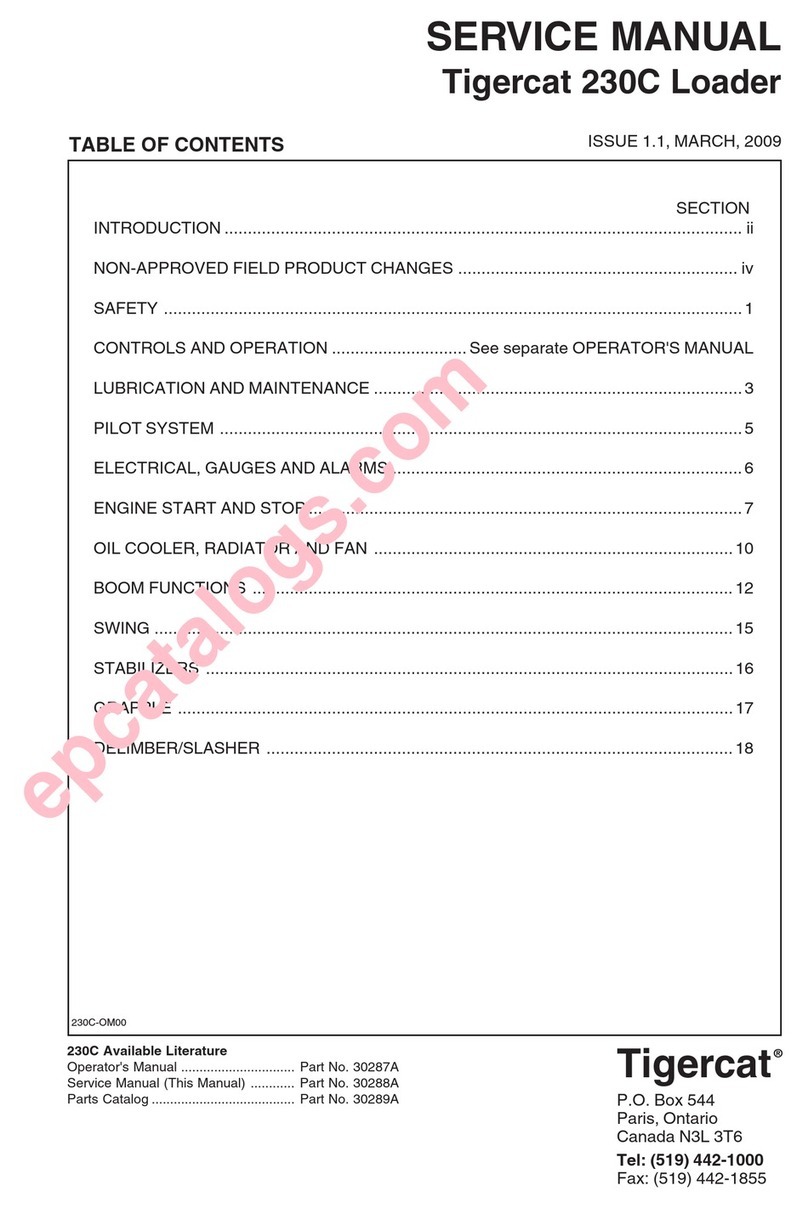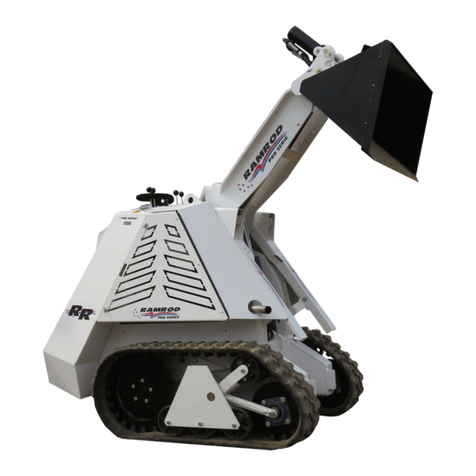
15 - Engine
09 - Bedplate
00 - General
15 - 72 9813/7450-2 15 - 72
Before Installation
1. Clean off all traces of the old sealant compound
from the crankcase and bedplate mating faces.
2. Use a suitable degreasing agent to carefully
clean the main bearing saddles in the bedplate
and crankcase. Take care not to block the oil
ways or the piston cooling jets.
Consumable: Cleaner/Degreaser - General
purpose solvent based parts cleaner
Important: Anaerobic sealant will not start to cure
whilst it is open to the atmosphere, however when
air is excluded (for instance when the two parts are
put together) it will immediately start to harden. Make
sure that all the necessary tools, bolts etc. are readily
available prior to assembling the components. The
parts must be installed and tightened to the correct
torque value within 5 minutes (with a maximum
permissible time of 15 minutes).
Important: BEFORE installing the bedplate: DO NOT
rotate the crankshaft. Make sure that the upper main
bearing shells are flush with the bottom face of the
crankcase.
Install
1. The installation procedure is the opposite of the
removal procedure. Additionally do the following
steps.
2. Make sure that all items are clean and free from
damage and corrosion.
3. Install the two guide pins T4 to the crankcase
bedplate fixing holes as shown.
4. Install the four lifting bolts T6 to the bedplate as
shown.
5. Install a new O-ring at the bedplate.
6. Use a suitable degreasing agent to clean both
sides of the lower bearing shells. Assemble the
lower bearing shells into the bedplate. Lubricate
the lower bearing shells with clean engine oil.
Note: Make sure that the location tab W engages
in the slot as shown.
Consumable: Cleaner/Degreaser - General
purpose solvent based parts cleaner
7. Note: The sealant template T5 is used on
the crankcase, NOT the bedplate. The sealant
template T5 comprises of two pieces, A and B.
Modify the template A by removing portion V.
Special Tool: Template for Sealant Bedplate to
Crankcase (4 Cyl) (Qty.: 1)
8. Locate the holes in the templates A and B using
four fixing bolts at positions Y. Use the templates
as a guide apply beads of sealant P2 around the
crankcase/bedplate mating face as shown to the
dimension specified.
Length/Dimension/Distance: 1.5mm
9. Remove the four fixing bolts at positions Y.
Remove the templates A and B, make sure
you do not smudge the sealant. Discard the
templates.
10. Add beads of sealant P2 around the four bolt
holes at positions Y, so as to join the sealant
beads as shown at X.
11. Make sure that the location guide pins T4 are in
position in the crankcase. Assemble the bedplate
to the crankcase use the alignment guide pins.
12. Note: The bedplate is heavy. Two people will
be required to lift and rotate the bedplate safely
on to the crankcase. Install new main bearing
bolts 1-10. Tighten the bolts to the correct torque
value in pairs, starting in the centre and working
outwards (in sequence 1-10) to the 1st stage pre-
torque.
Special Tool: Torque Wrench (10-100Nm) (Qty.:
1)
13. Install the bedplate peripheral bolts. Tighten the
bolts to the correct torque value.
14. After installation and tightening the bedplate
peripheral bolts, further tighten the main bearing
bolts in pairs, starting in the centre and working
outwards (in sequence 1-10) to the 2nd stage
pre-torque.
15. Finally, angle tighten the main bearing bolts in
pairs, starting in the centre and working outwards
(in sequence 1-10) for the final stage torque. Use
the torque and angle method, refer to Fasteners
and Fixings, General, Introduction (PIL 72-00).
Important: If the parts have not been tightened to the
correct torque value within the maximum 15 minute
time period, then the parts must be separated,
thoroughly cleaned and fresh sealant applied.
After Installation
1. Check that the crankshaft can be freely rotated
by hand. Remove the bedplate lifting bolts T6.
2. Carry out the procedures listed, Before removal
in reverse order.
Table 54. Torque Table
Item Torque Value
1-10 (1st Stage) 50N·m
1-10 (2nd Stage) 115N·m
